The press / Hong Kong
Between the lines
Reporting from the middle ground of a divided city, the ‘South China Morning Post’ treads a tricky path. But will it be able to continue its balanced reporting as press freedom is increasingly attacked?
It’s the beginning of a busy news day in Hong Kong and the city’s press is gathered at the central government offices, awaiting the arrival of Carrie Lam. The territory’s chief executive conducts a stand-up press conference on Tuesday mornings and her weekly updates often make the headlines.
Jeffie Lam, a senior reporter at the South China Morning Post (scmp) and no relation to Carrie Lam, has bagged a centre seat in front of a bank of cameras. As anticipation builds for the chief executive’s arrival, she’s typing away on her laptop and chatting with a journalist from Apple Daily, a popular Hong Kong tabloid favoured by the protest movement.

Working the night shift at Morning Post Centre, SCMP’s printing press in Tai Po, at about 01.00
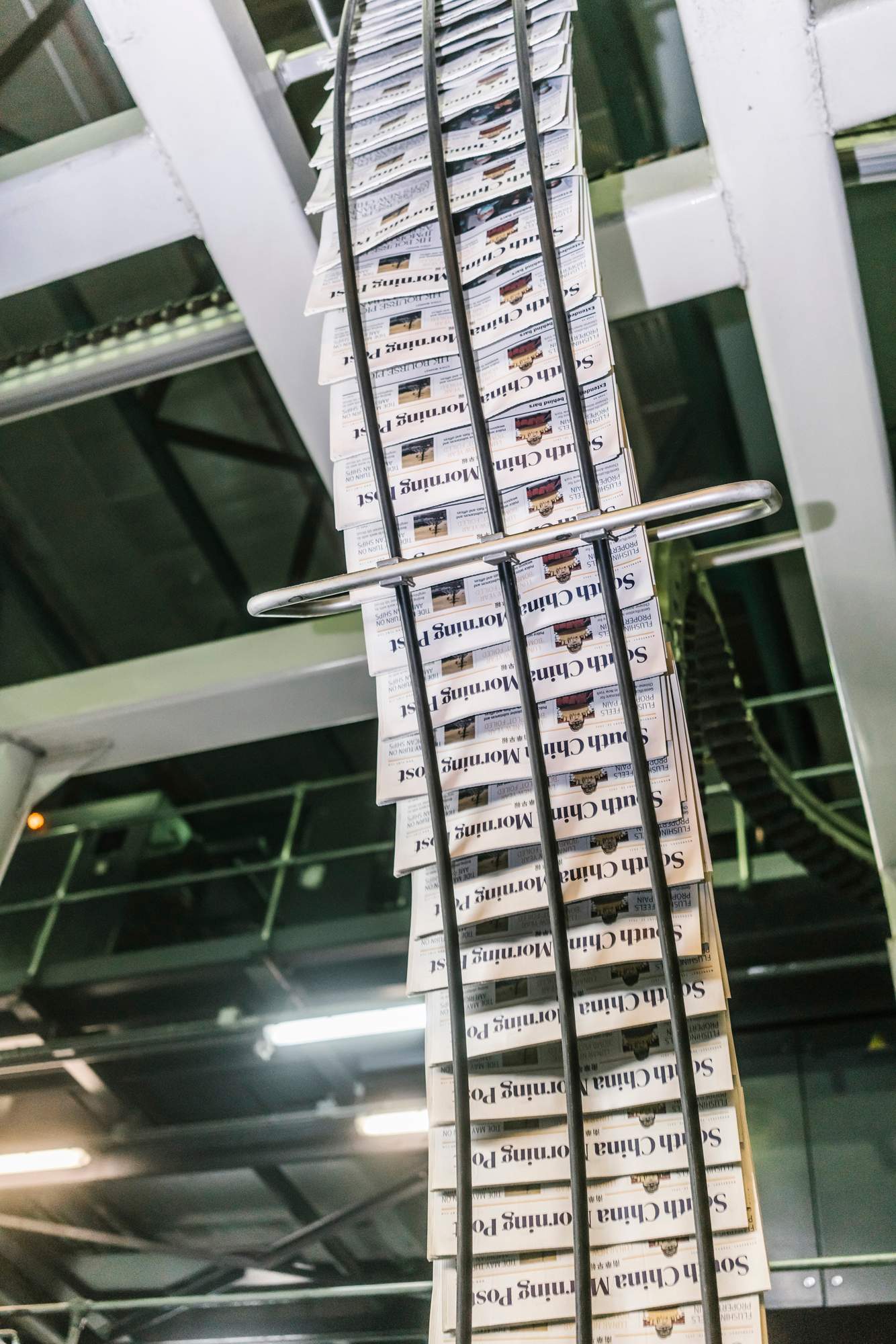
Papers slide off the press
Carrie Lam typically fields only one question from the English-language media and the scmp is the most august of this group. Its mix of local and foreign reporters must pick the topics that will appeal to an international audience, both at home and abroad. Around 90 per cent of its readers are now based outside of Hong Kong, with the largest group in the US.
“Things [have] changed a lot over the past few years,” says Jeffie, who joined in 2013 from Ming Pao, a Chinese-language broadsheet. “After the Occupy protests [in 2014], more overseas readers came to us to learn about Hong Kong.”
Cameras flash as the chief executive enters the auditorium. She walks over to the podium and turns to face the media – the only effective means of holding the government to account now that the political opposition has veen eviscerated. Carrie Lam is known to be combative and detail orientated. “You have to be very careful with your facts,” says Jeffie, as dogged as ever. “I don’t want to let her have any chance to say I’m incorrect or misleading.”
The verbal jousting is a different kind of battle for the 33-year-old reporter. Jeffie was on the front lines during Hong Kong’s anti-government protests in 2019, when police and protesters exchanged tear gas, rubber bullets and Molotov cocktails. Her byline became a front page fixture, and last year she co-wrote a book on the civil unrest. “There were many times that I put aside my emotions to work like a machine,” she says. “And then I just went home and cried.”
While the political theatre of the press conference is unfolding, another performance is underway at the scmp’s head office in Causeway Bay. The daily morning meeting takes place at 09.30 in the centre of the newsroom. Coronavirus arrangements have increased the number of remote participants but the rundown hasn’t changed: the newspaper’s top four editors – collectively known as “the masthead” – convene to set the day’s news agenda with editors from the main desks covering Hong Kong, China, Asia, business, technology, culture and sports.
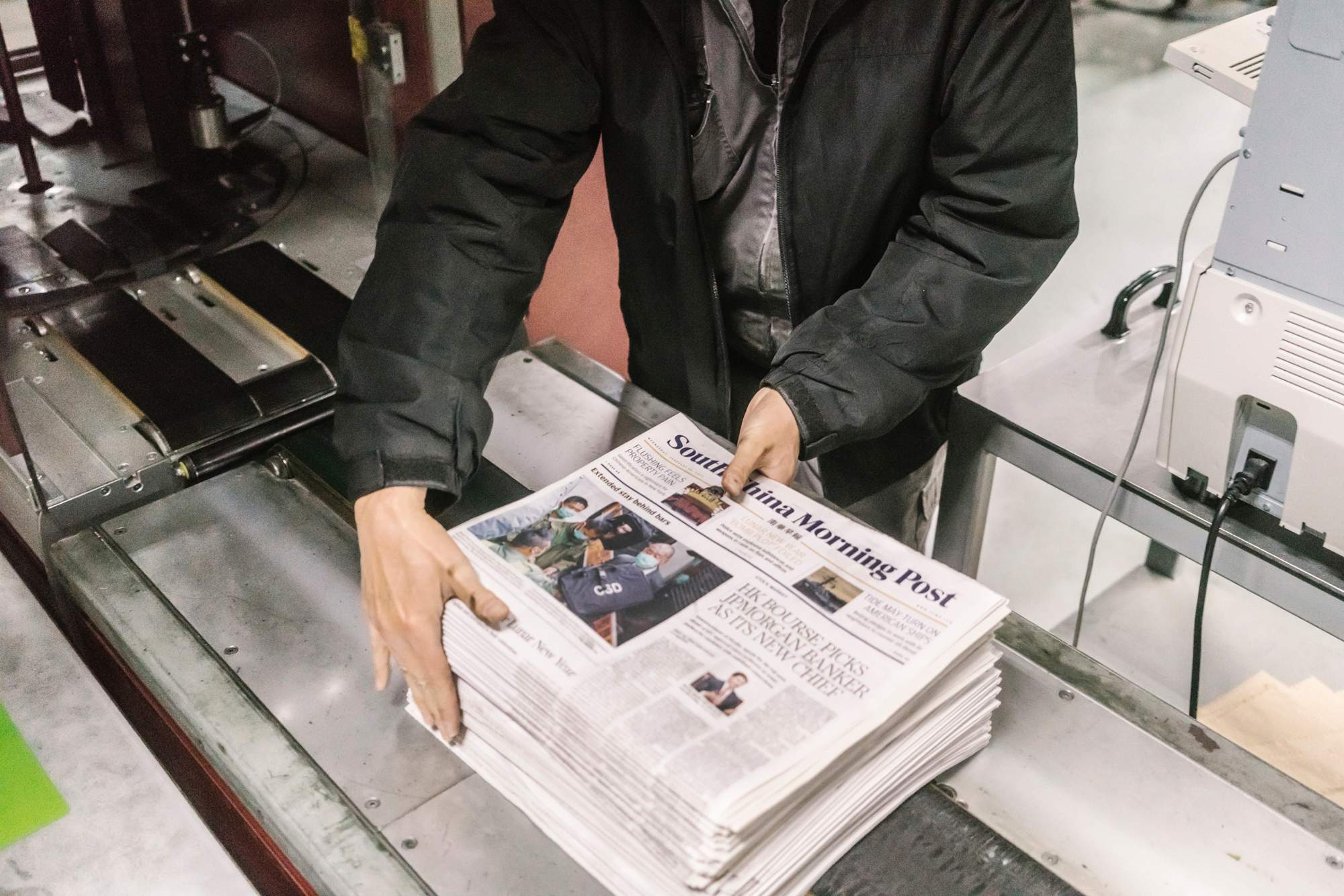
Bunldes ready to read
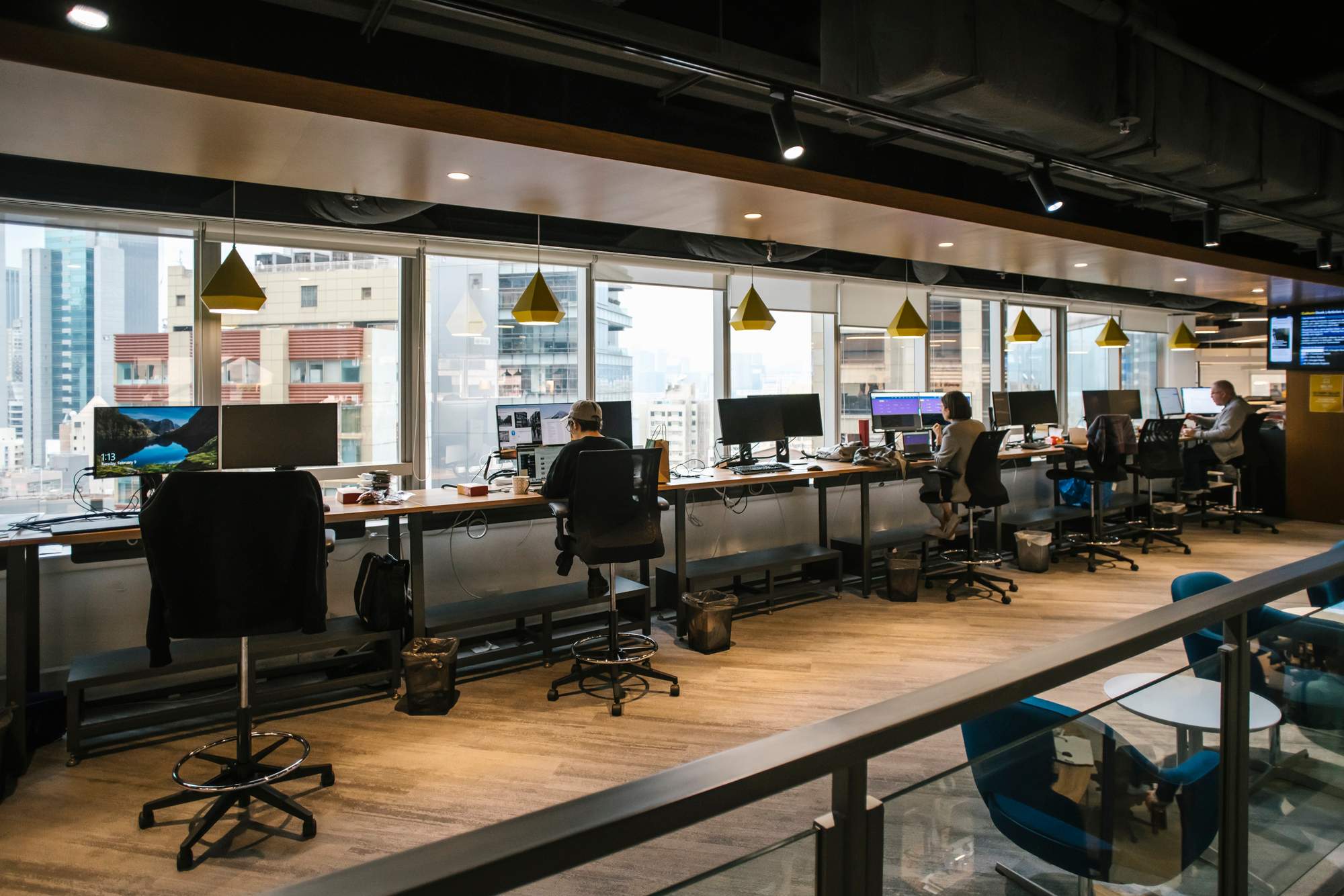
HQ in Times Square overlooking Causeway Bay
The scmp has some 350 journalists, mainly based in Hong Kong as well as its four bureaux in China and two in the US. “Our newsroom is like a little United Nations with people from all over the world,” says editor in chief Tammy Tam. Everyone is welcome to join the morning meeting, although in reality not everyone gets to speak. The scmp was founded in 1903 and still has a very traditional newsroom. It survived the UK’s handover of Hong Kong to China in 1997, as well as the introduction of office Playstations and an in-house pub that came as part of a broader digital transformation under e-commerce giant Alibaba’s ownership.
Alibaba acquired the publishing group for $266m (€219m) in 2016, bringing in fresh investment and a revitalised push for global readers, as well as questions from critics about editorial independence. According to Tam, all editorial decisions are ultimately hers. Alibaba co-founder and scmp chairman Joseph Tsai calls “occasionally” to raise “an interesting development” in US-China relations but that’s where the conversation ends. “He’ll say, ‘as for how you cover the story, the editorial decision, it’s all yours’. I don’t think he gives me any interference or pressure whatsoever.”
What has changed is the scmp’s daily rhythm. Stories are published online and updated throughout the day before a “wrap” is written and the paper goes to print. “We don’t see the print newspaper as a platform for breaking news,” says executive editor Chow Chung-yan, who started as an intern in 1998 and now oversees the running of the newsroom. “It’s a product to showcase stories, analysis and long-form journalism.”
The day’s breaking news during monocle’s visit includes the arrest of two suspects with a cache of explosives, the announcement of a new ceo for the Hong Kong stock exchange and the stand-up press conference where Jeffie is stationed.
As a fellow reporter on the Hong Kong desk watches the press conference live on television, Jeffie challenges the chief executive on the government’s latest pandemic measures, its position on dual nationality and a decision to abandon trial by jury for cases under the national security legislation, a controversial law introduced by the mainland Chinese government last June, which threatens the future of free speech in Hong Kong.
As Carrie Lam answers in English, the race is on to find an angle and publish a “first take” on the website in under an hour. It’s a team effort. The colleague watching remotely types out the story in a shared document. The Hong Kong desk editor and chief news editor may chip in alongside several copy editors, who exchange messages on a WhatsApp group.
The newsroom developed this fast-paced approach in 2019, when reporters covered multiple protests spread across Hong Kong – filing updates and quotes to copy editors, who would pull these disparate reports into breaking-news stories. Tempers frayed, editorial disagreements spilled into the open and working weekends became the norm. One staffer remembers it fondly as “fucking carnage”.
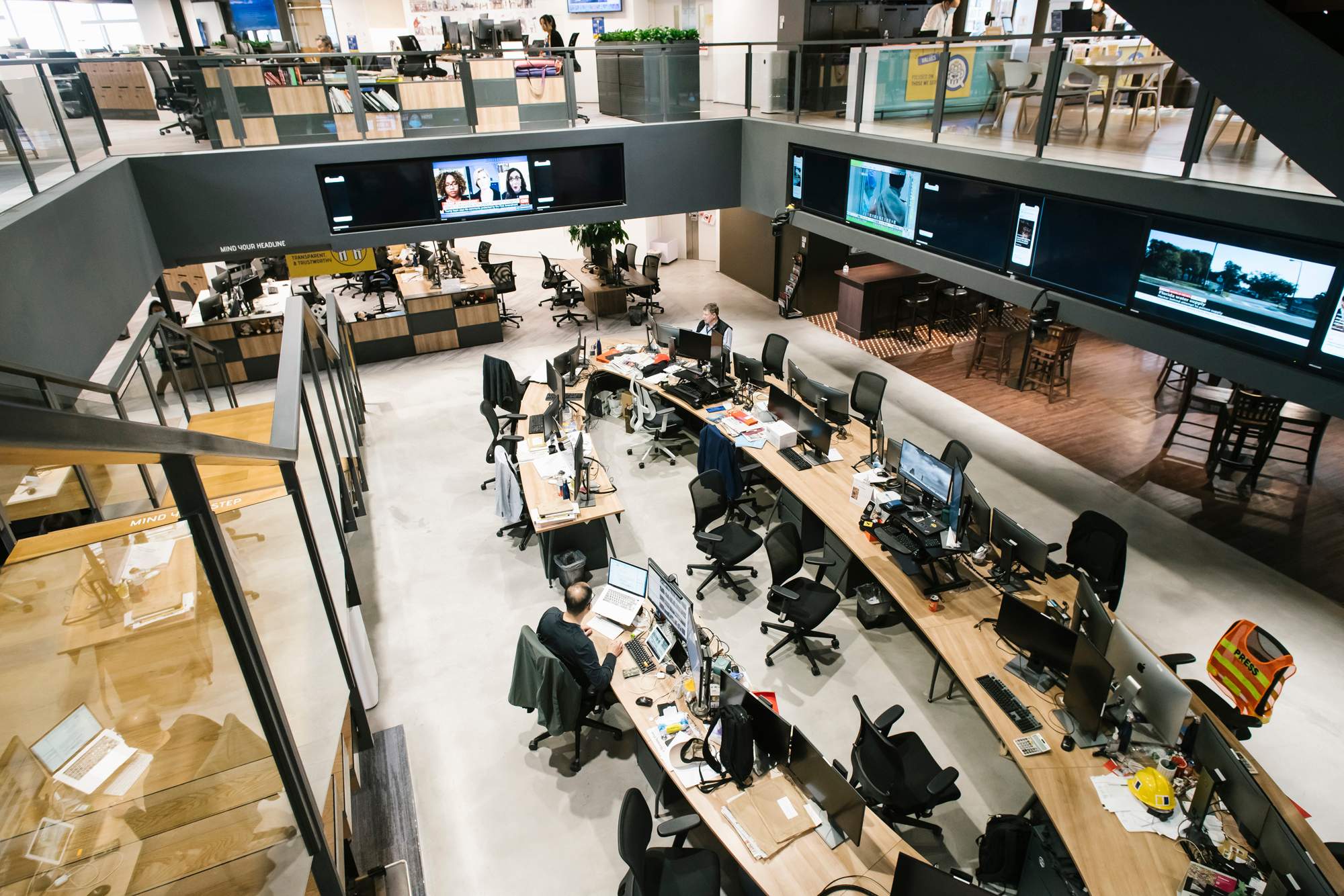
Heart of the newsroom where executive editor Chow Chung-yan, deputy executive editor Zuraidah Ibrahim and managing editor Brian Rhoads all sit
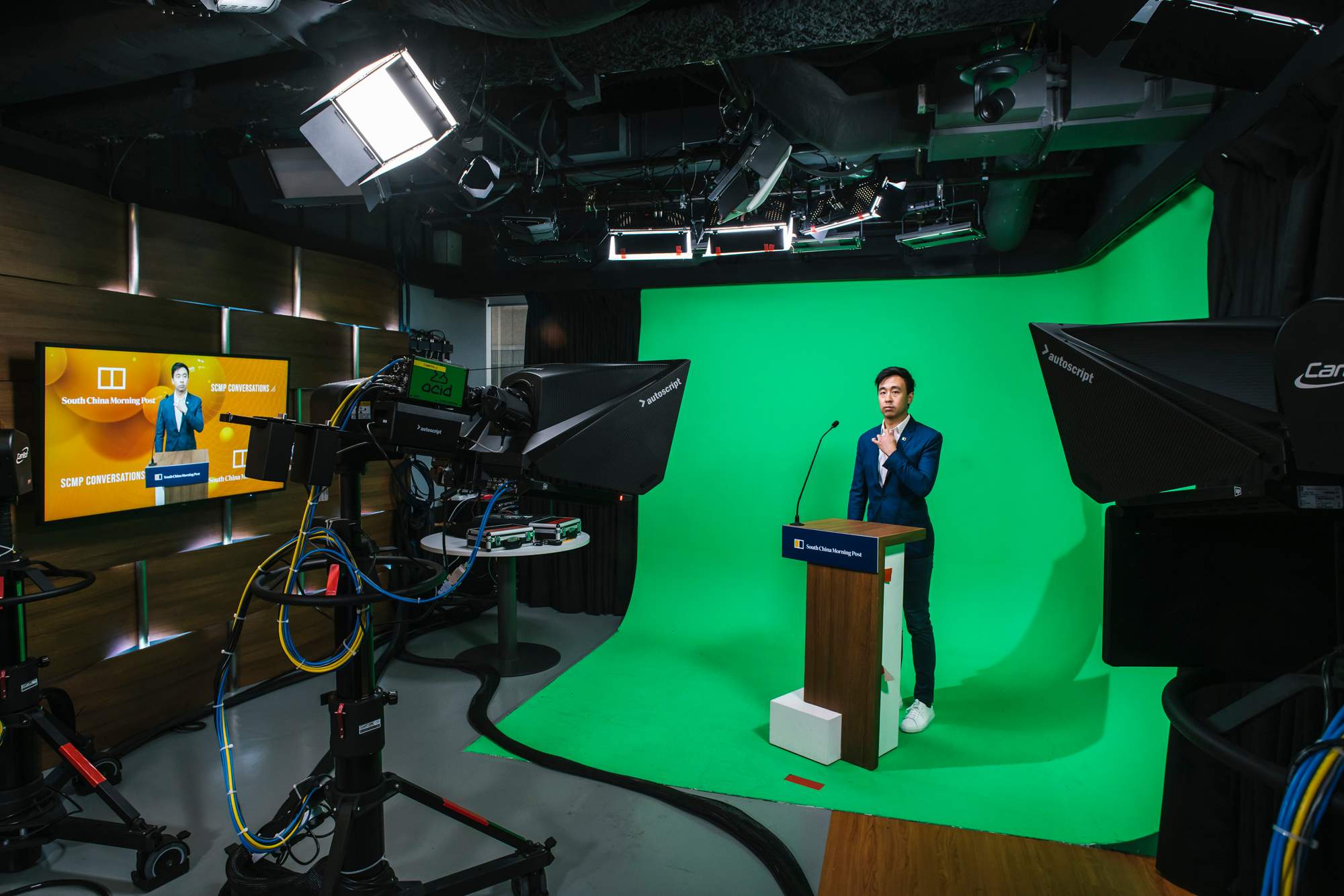
Causeway Bay is quieter now, at least for the time being. Visitors to the scmp newsroom are greeted by the publishing group’s geometric logo: one yellow rectangle, one blue, separated by a thin white line. Officially this “nautical flag” was inspired by the city’s maritime history. However, to everyone in Hong Kong, the two colours represent the territory’s division into two camps: the pro-Beijing blues and the pro-democracy yellows.
Each side has its own newspaper, but the scmp positions itself as the white line running down the middle. “We occupy a very niche ground,” says Chow. “The middle ground in this age of polarisation is actually becoming more valuable. If we deviate from it, then we will have no way to survive.”
Paper trail
When Jonathan Fenby edited the scmp in the 1990s, a prominent banker told him, “Sometimes you’re not quite as good as the Financial Times or The New York Times.” He took it as a compliment. Then, as now, the scmp craved being mentioned in the same breath as these papers, each of which has its Asia headquarters in the territory. The association with leading Western news organisations is equally good for Hong Kong. But for how long? An FT journalist was expelled in 2018 and last year the nyt moved some operations to Seoul. Press freedom is diminishing: Carrie Lam has suggested that insulting police or public officials could be criminalised, which would bring Hong Kong closer to Thailand or Singapore, where authorities silence the media with lawsuits and jail terms. Were this to trigger a wider exodus, the scmp could be left competing with China’s state-owned English newspapers. Its reporting, and Hong Kong’s prestige, would suffer as a result.
Flipping through the newspaper clearly shows this “niche ground” on the page. Chinese human-rights lawyers air grievances about state suppression alongside Beijing’s latest attacks on the US. It’s a very fine white line with plenty of grey. Chow has been stung by criticism of some of the newspaper’s coverage of the protests, and a perceived deference for the official line. “You have to have the courage to stand up not just to authority but also to the other side,” he says. “When you see a spade, call it a spade.”
“Our reporters in China face a national security regime that is more draconian than even Hong Kong’s new security law. This challenge is new to Hong Kong but it’s not totally new to the scmp ”
Certain headlines, opinion pieces and word choices can be challenged and debated, but the overall coverage stands up to scrutiny (and Jeffie’s book, Rebel City, is a good primer). The scmp’s bigger journalistic battle is across the border, where facts are much harder to come by; Chow oversees more than 40 reporters on the China desk. Covering the latest on-the-ground developments on the mainland is critical to the newspaper’s global growth. However, reporting on a country with an opaque government, no independent press and a fondness for deporting foreign journalists has myriad challenges. The scmp might operate under this environment but the masthead has to live with accusations of being soft on China; it’s a charge previous editors have faced under different owners, even before the handover.
Chow counters with a list of recent critical coverage, from corrupt Chinese leaders to the Covid-19 outbreak in Wuhan. “Our reporters in China face a national security regime that is more draconian than even Hong Kong’s new security law,” he says. “This challenge is new to Hong Kong but it’s not totally new to the scmp.”
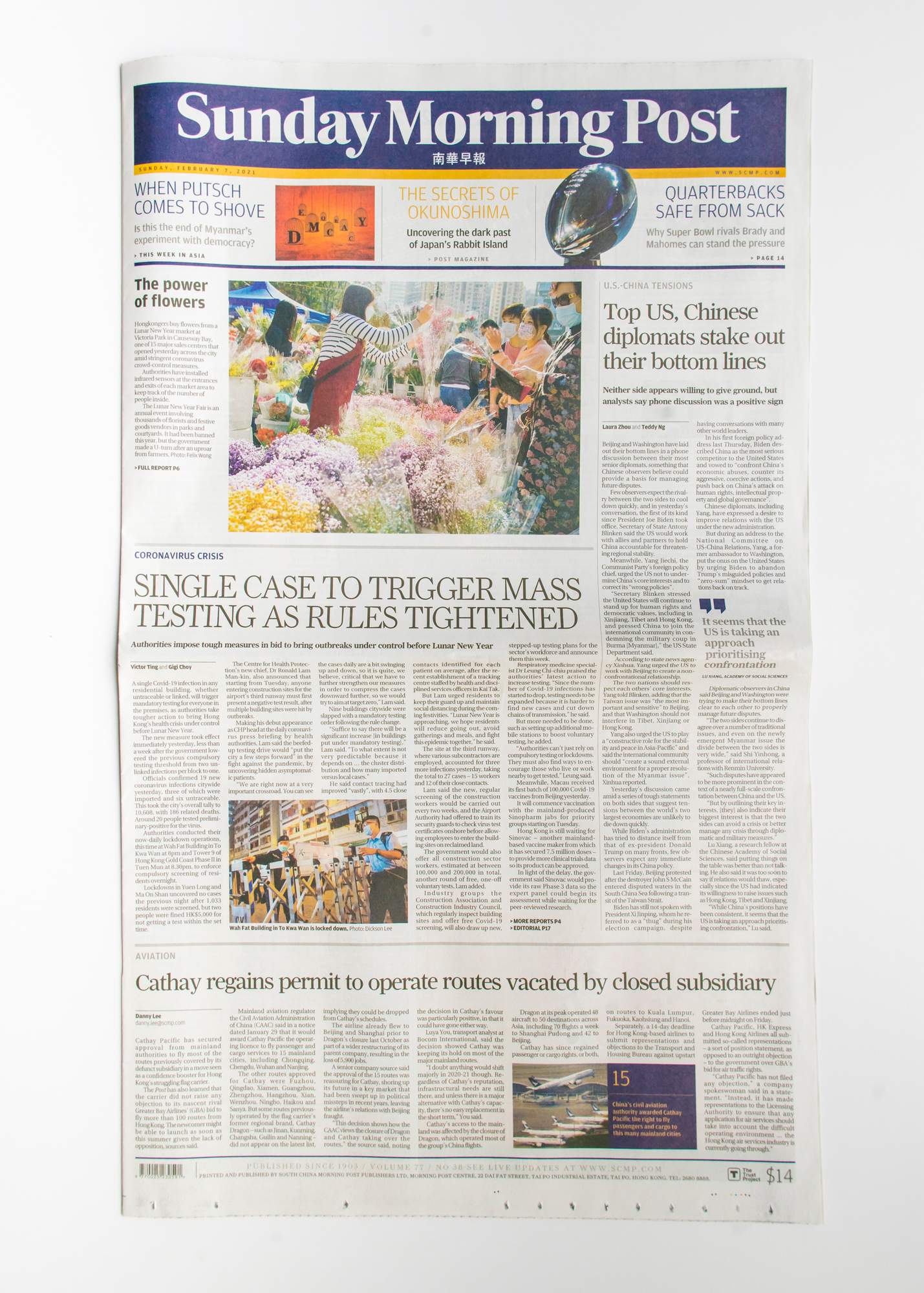
The imposition of the National Security Law in June last year sent a shudder through Hong Kong’s media industry. Chow told his team to proceed as normal until a case involving the press makes it to court. A few days later, Jeffie published a front-page interview with the US consul-general slamming the “terrible” law. She claims that she doesn’t self-censor but finding anyone to go on the record has become harder. “The fear is real but we try to be business as usual,” she says. “You don’t want to have stories solely relying on anonymous sources, as that would affect your credibility.”
As the day draws to a close, tomorrow’s paper is sent to the printers in Tai Po. Jimmy Lai is on the cover; worryingly the Apple Daily proprietor is awaiting trial on charges of colluding with foreign forces. By 01.00 the presses are in full gear. The paper flies around the building, dipping and diving on an indoor rollercoaster, before being bundled and collected by drivers. Come morning it will sit on newsstands – essential reading for Hong Kong’s international community.

Tammy Tam
Editor in chief
A TV journalist for local stations, Tam was one of the first Hong Kong reporters in Iraq after the US-led invasion in 2003. After switching to print in 2011, she became the scmp’s first female editor in chief in 2016.
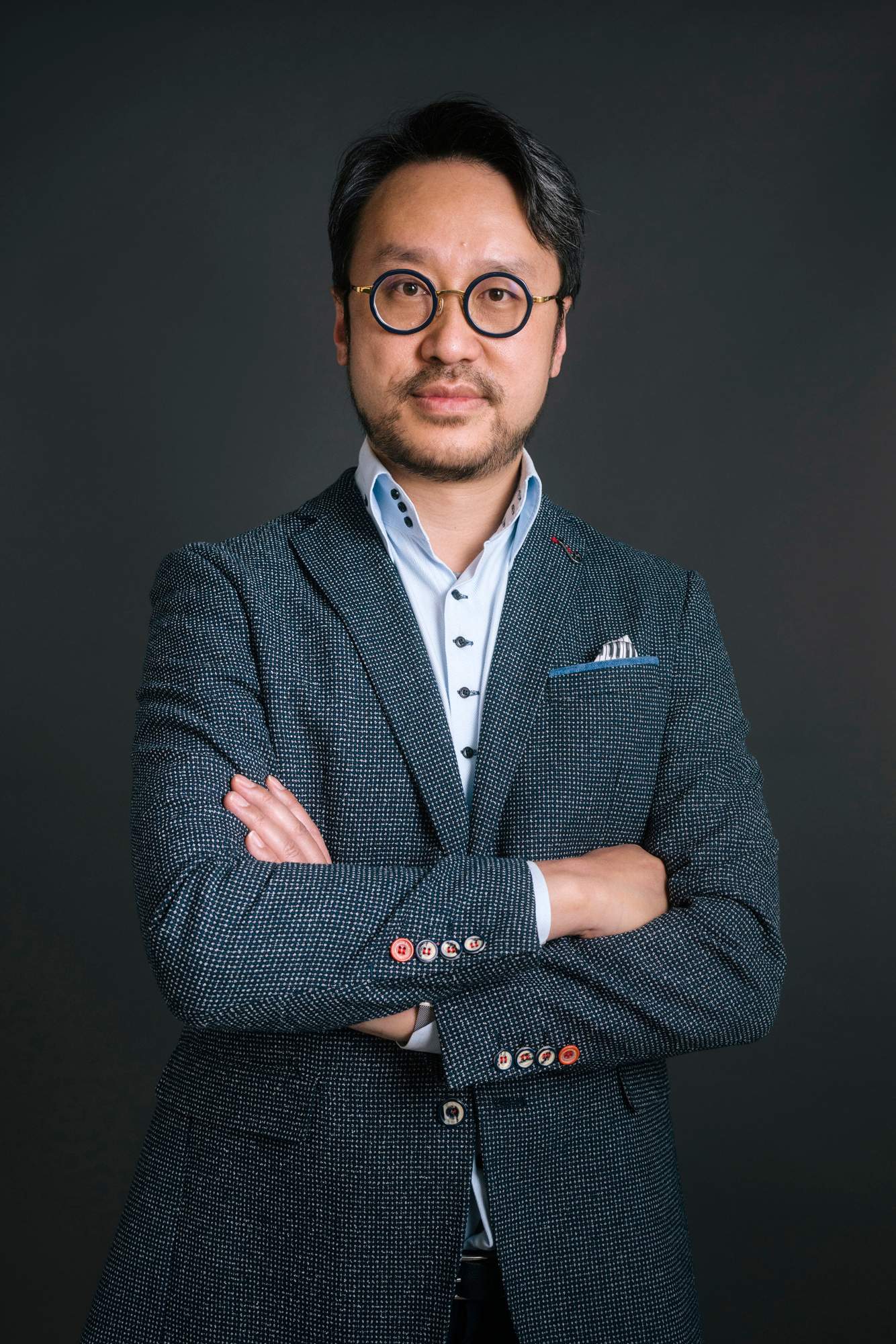
Chow Chung-yan
Executive editor
Tam’s number two started as an intern in 1998 while studying literature at the University of Hong Kong. His first assignment? Reporting on a police operation to catch book thieves at a trade fair.
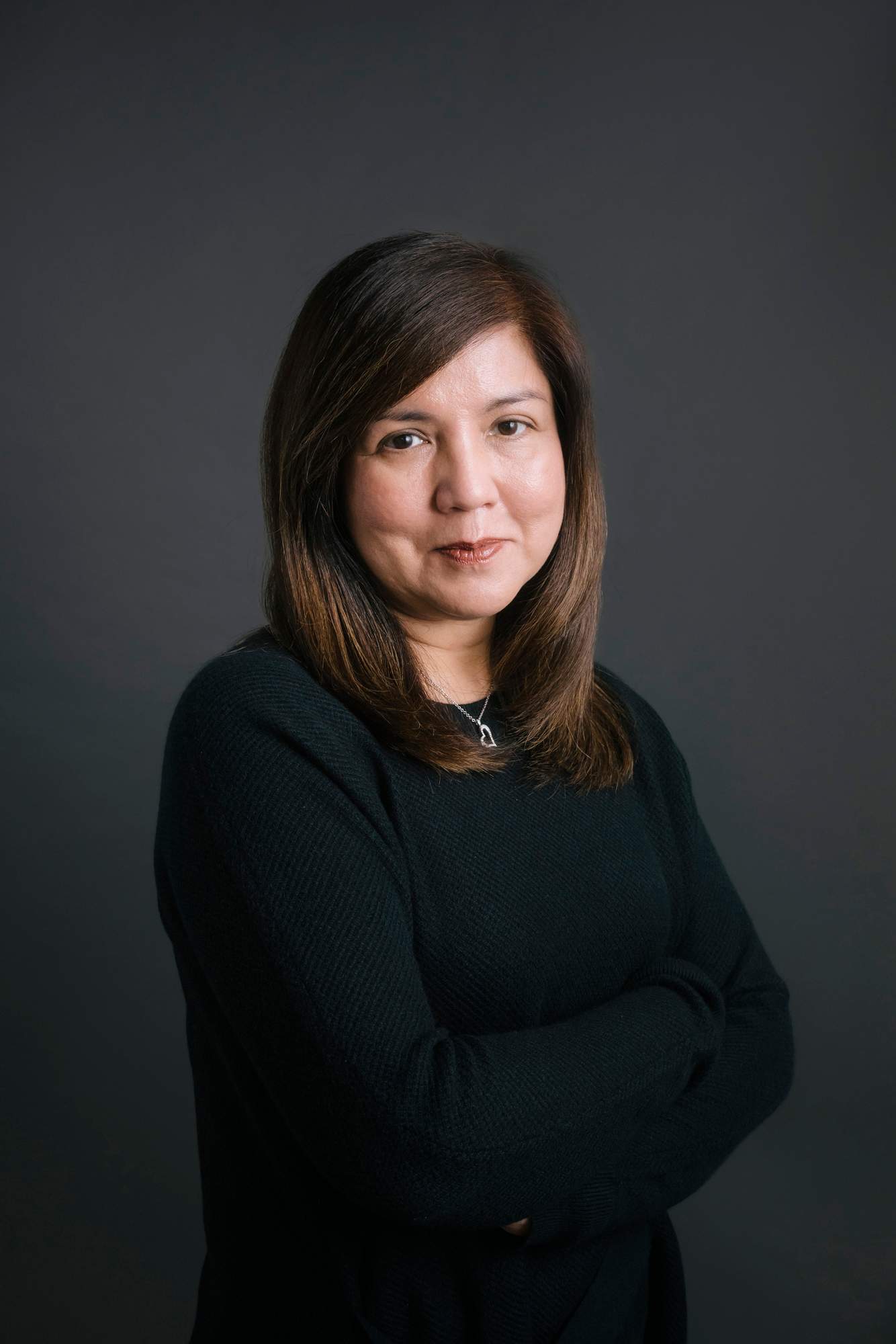
Zuraidah Ibrahim
Deputy executive editor
Ibrahim worked at The Straits Times in Singapore before moving to Hong Kong to lead the scmp’s Hong Kong, Asia and international desks. She co-wrote a book on the 2019 protests with Jeffie Lam.
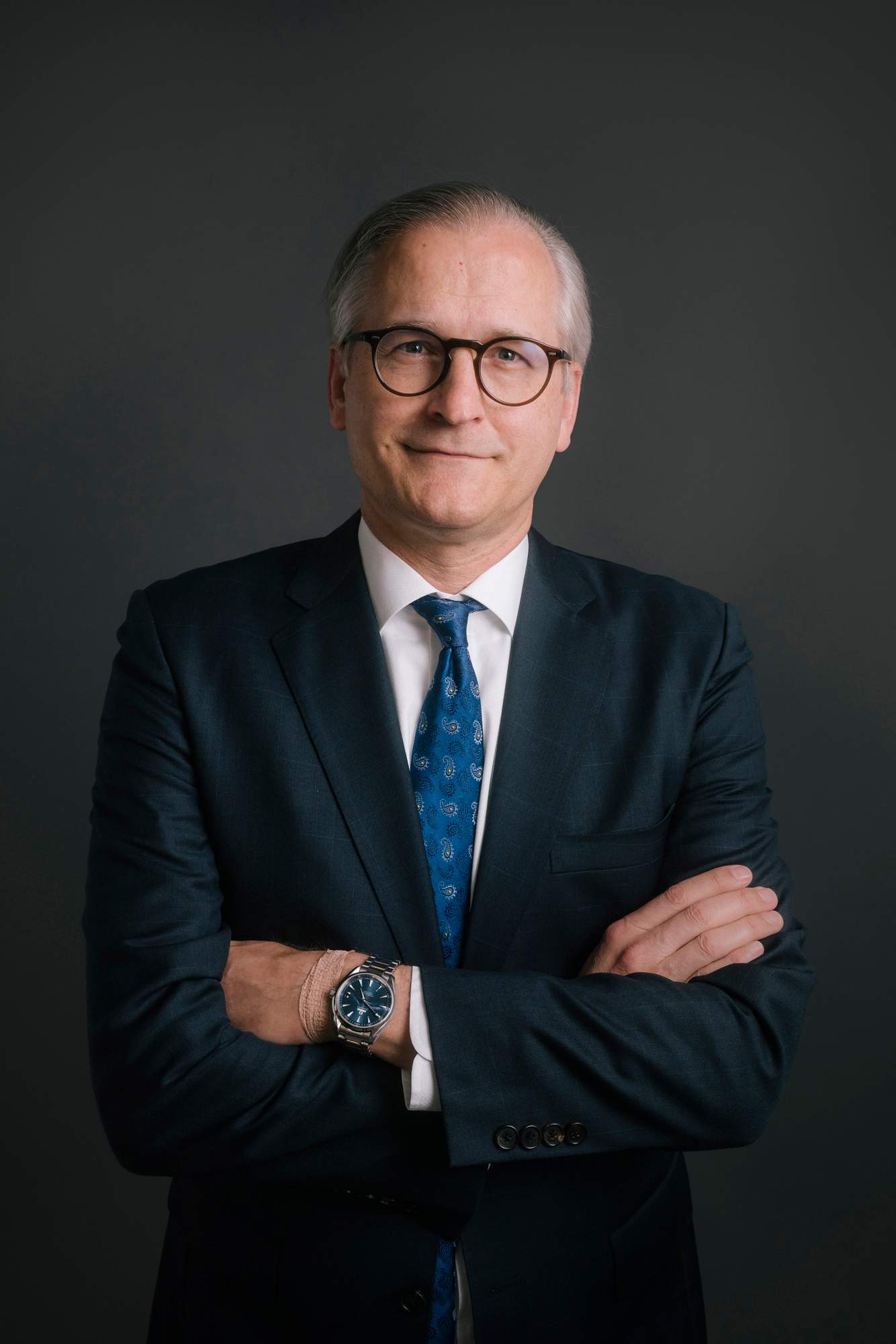
Brian Rhoads
Managing editor
The sharpest guy in the newsroom, Rhoads keeps the editorial team running smoothly while impeccably dressed in a tailored suit and tie. The Reuters veteran grew up in Europe as an “honorary US army brat”.
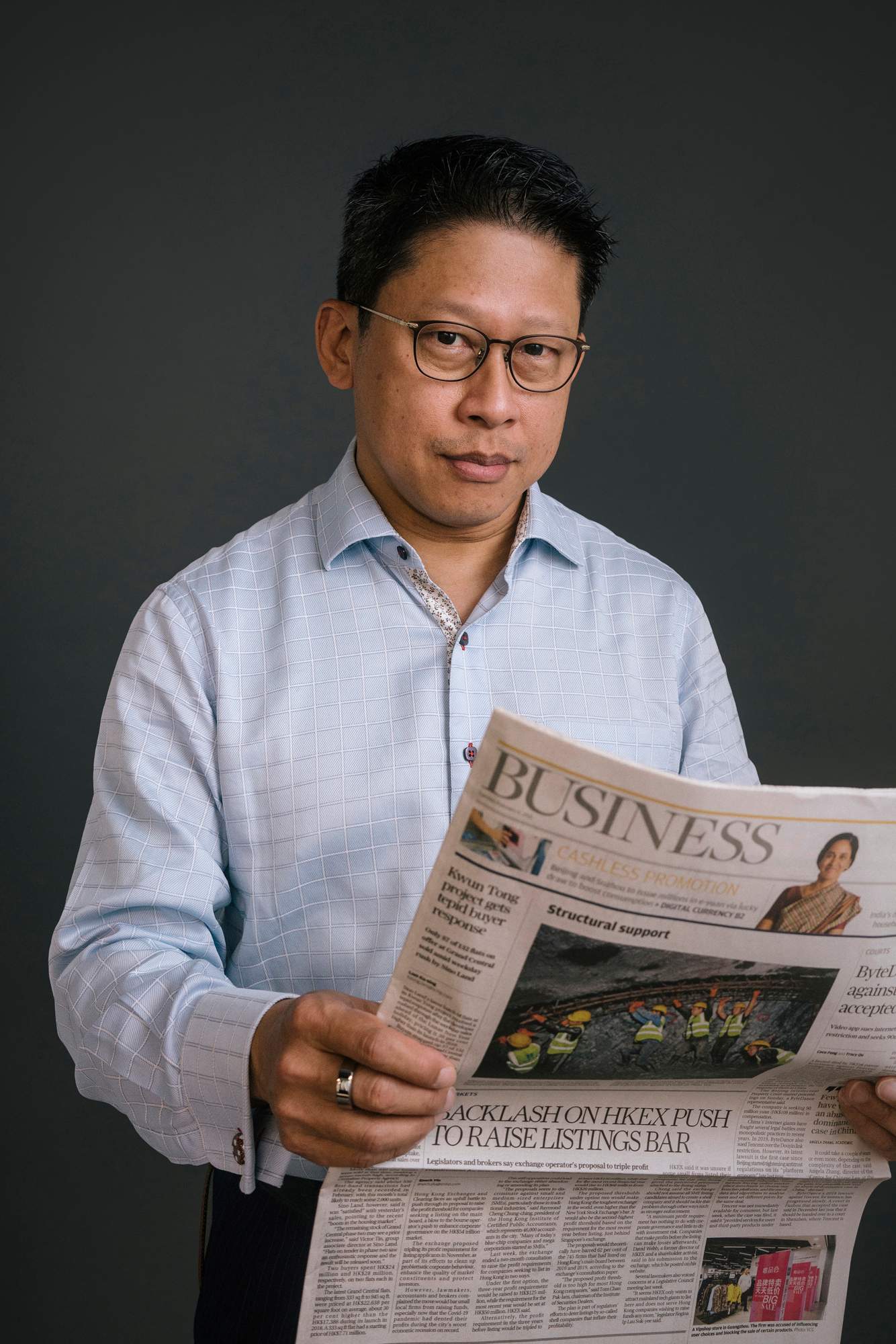
Eugene Tang
Business editor
Hong Kong is built on finance and property, two industries covered by business editor Eugene Tang. When his journalism career began, Hong Kong was under British rule and China had yet to join the wto.
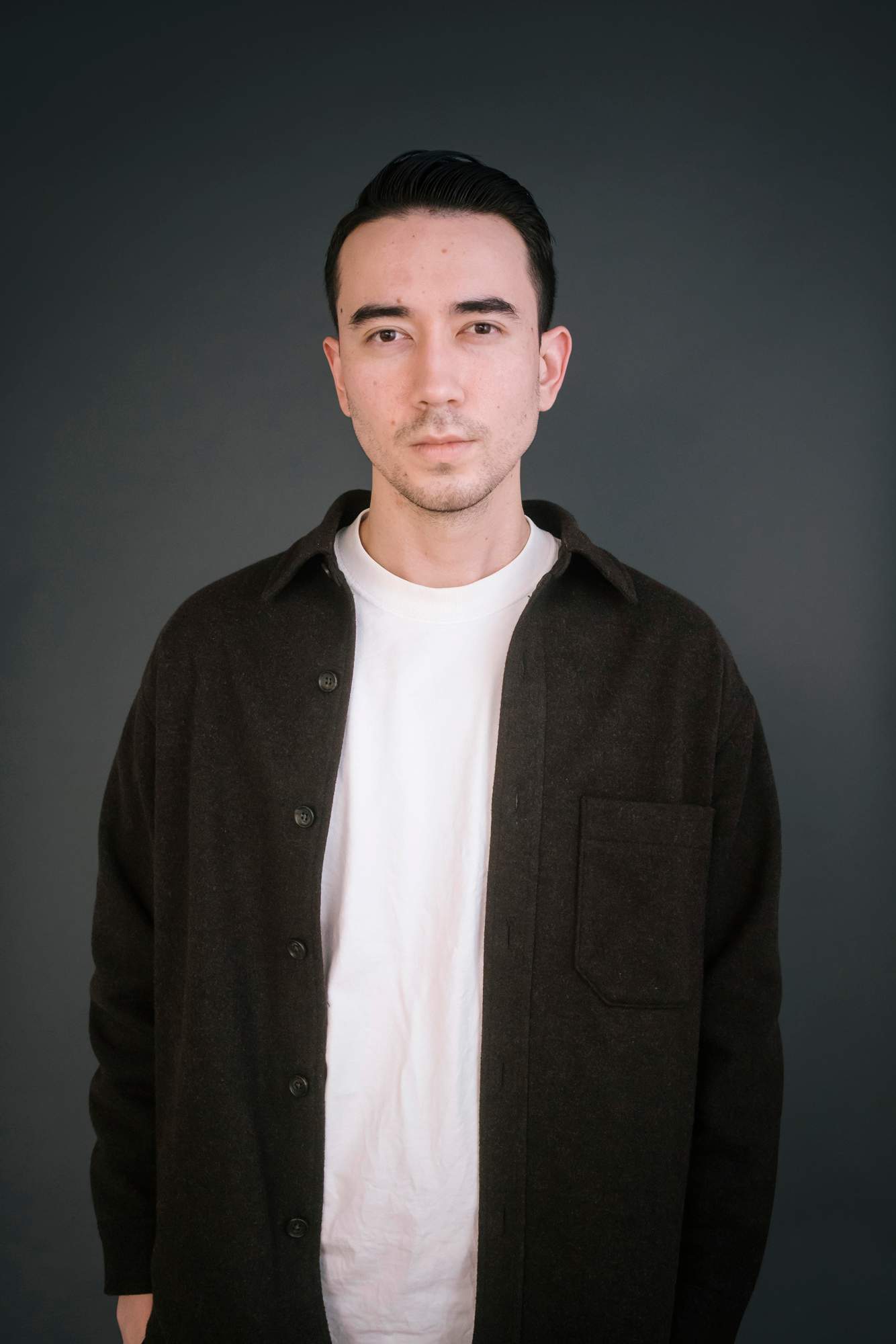
Shea Driscoll
Social media editor
Another former Straits Times editor. After four years in Hong Kong, few pick up on his soft Singaporean accent. Where does he stand in the big debate? Hong Kong versus Singapore? No comment.


